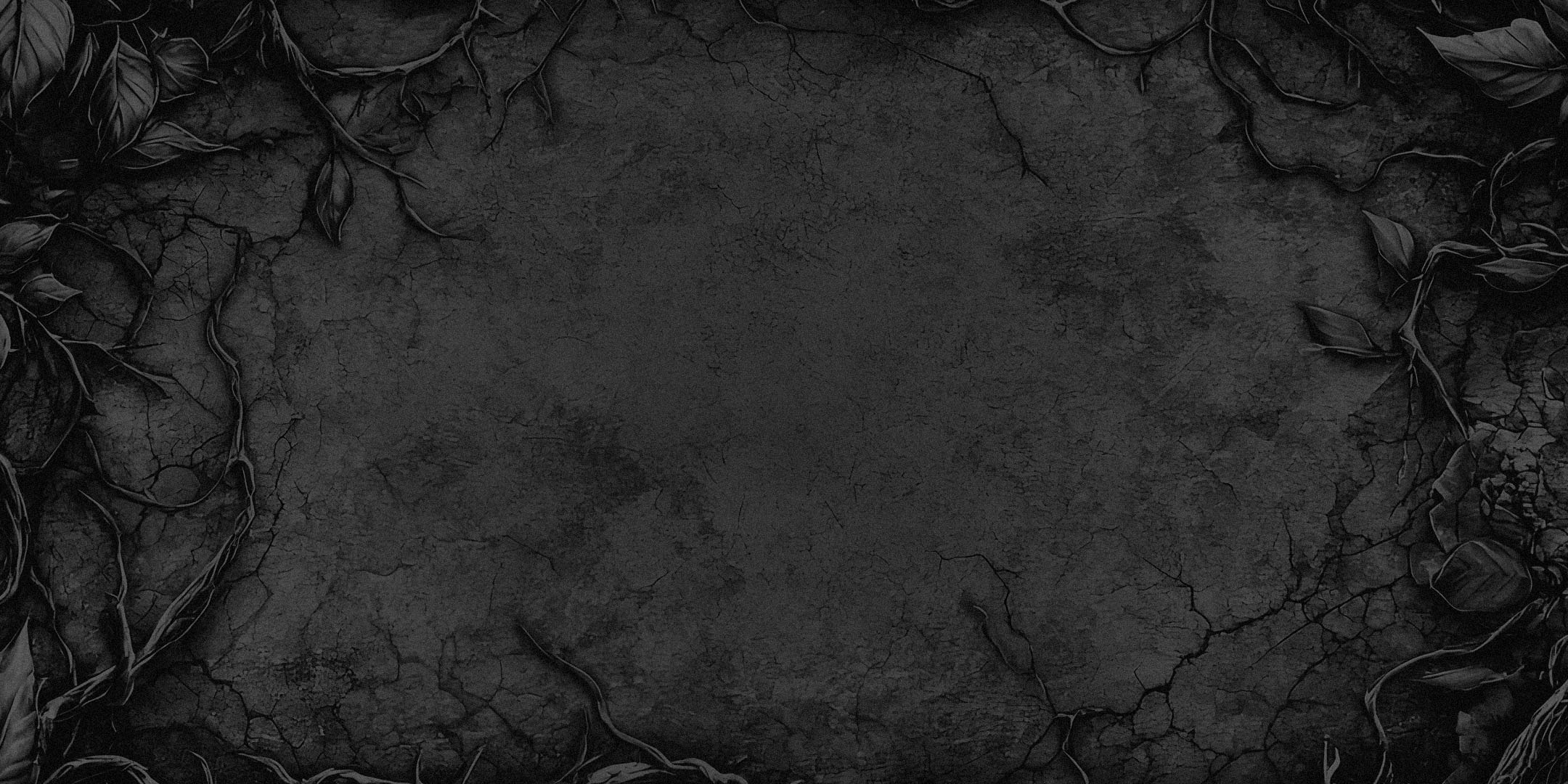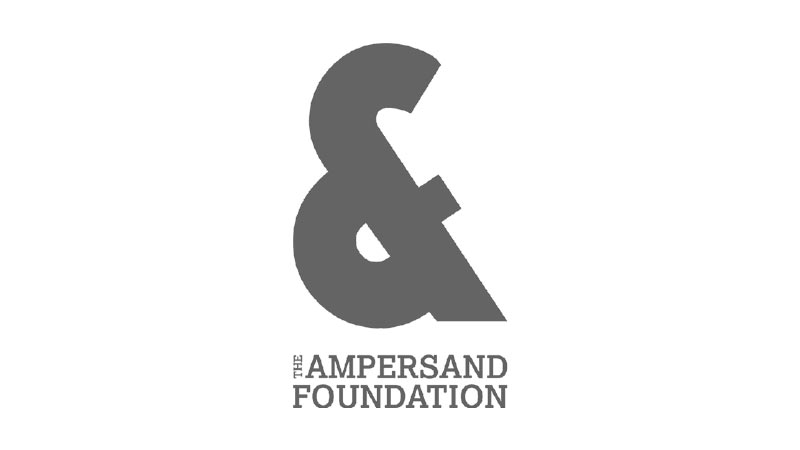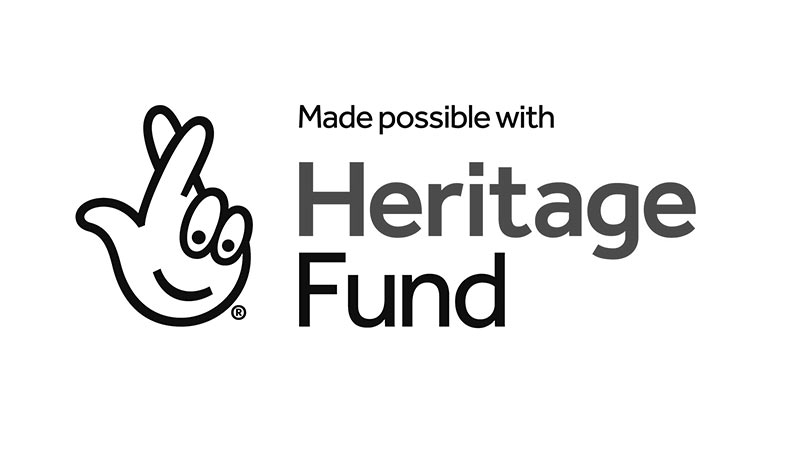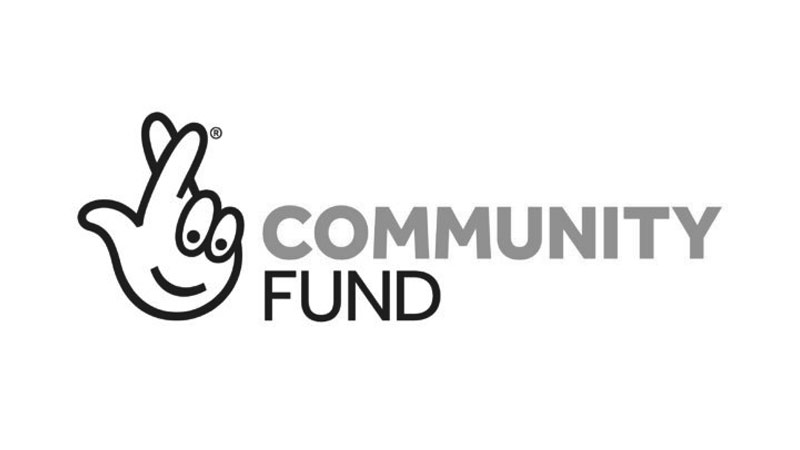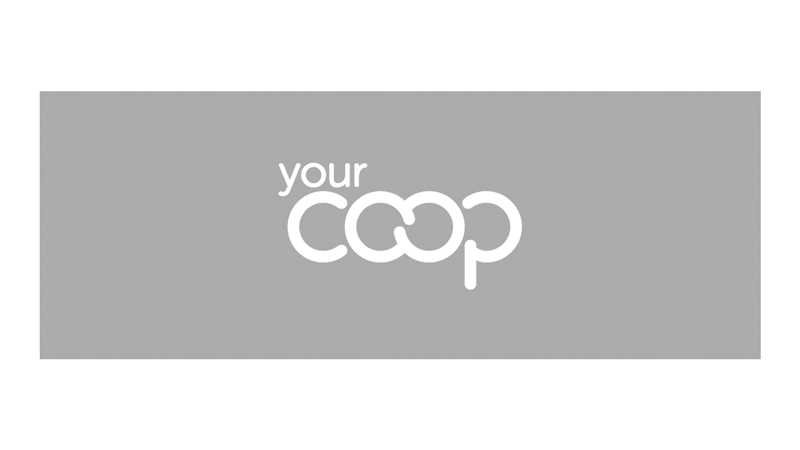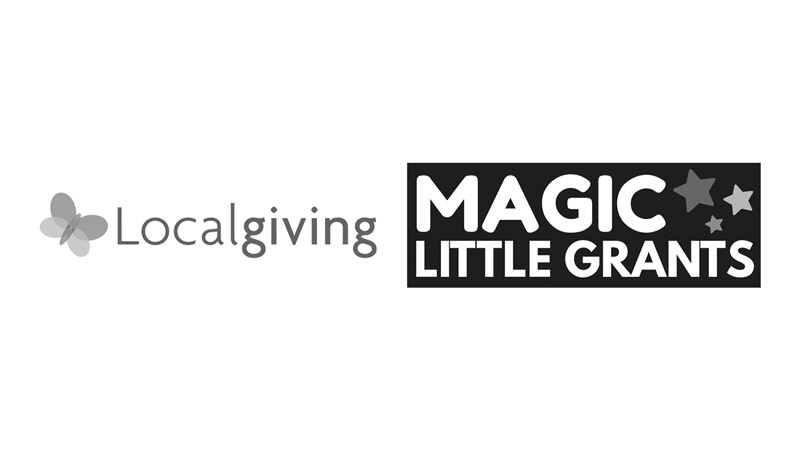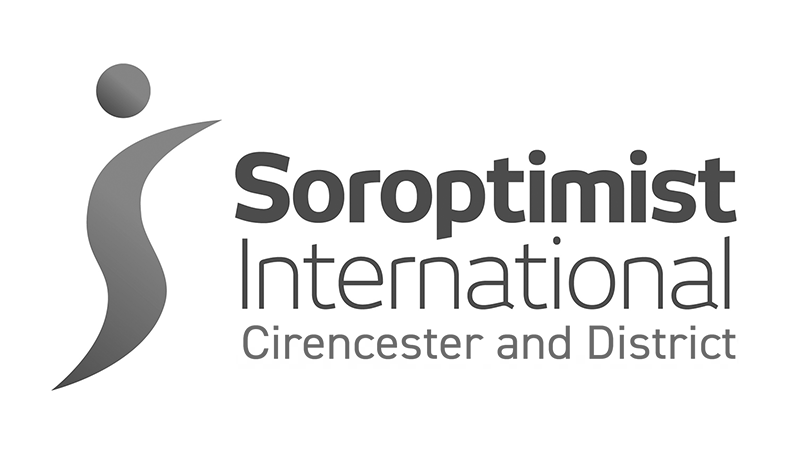This exhibition came about for a few reasons. First off, my total inability to get a straight answer on my carbon footprint. I eat meat (and don’t really plan to stop), and living where we do, I need a car. But I also do things that feel like they should count for something – composting, using less energy, not wasting a scrap of food. The trouble is, there’s no consistent way to weigh up one action against another. Does my composting cancel out my sausages? Who knows?
Then came a lecture that hit hard: over 900 million items of clothing are shipped to Kenya every year, most of which end up in landfill. The sheer scale of it is staggering. They say there are enough clothes in those landfills to dress the next six generations – globally. And since so much of it is polyester, it’s not going anywhere anytime soon. But here’s the kicker: even if we stop producing polyester and switch to cotton, that comes with its own set of environmental problems, mainly the massive amounts of water needed to grow and process it. So again, no simple answers.
The more I looked into it, the more contradictions I found. Organic cotton is better than conventional, but it still requires huge land use. Wool is natural, but sheep farming contributes to methane emissions. Recycled materials sound ideal – until you realise they can release more microplastics than virgin ones. Recycling itself often means more plastic going to landfill than reuse. And when it comes to digital solutions, well, server farms have their own massive energy footprints. So whichever way you turn, it’s never as clean-cut as it seems.
The third piece of the puzzle came from a couple of thought-provoking workshops by Anja Lückenkemper: Ecofeminism, Queer Ecology, and the Pluriverse – Critical Approaches to an Entangled World. Big ideas, yes – but also practical ones, rooted in real-world thinking about interconnectedness and change.
Put all that together, and Poisoned Futures? started to take shape. It began life without the question mark, but the deeper I got into the research, the more I realised it needed one. Because while the future might feel poisoned, it’s not a foregone conclusion. There are ways to shift things for the better. But it means rethinking what climate action looks like and moving beyond guilt and binaries.

